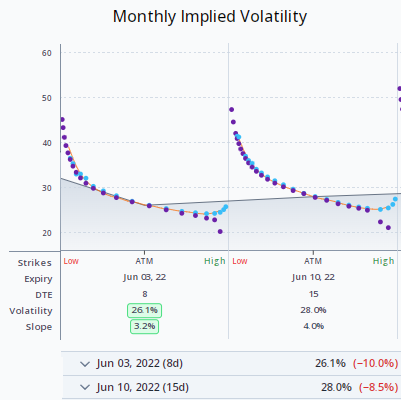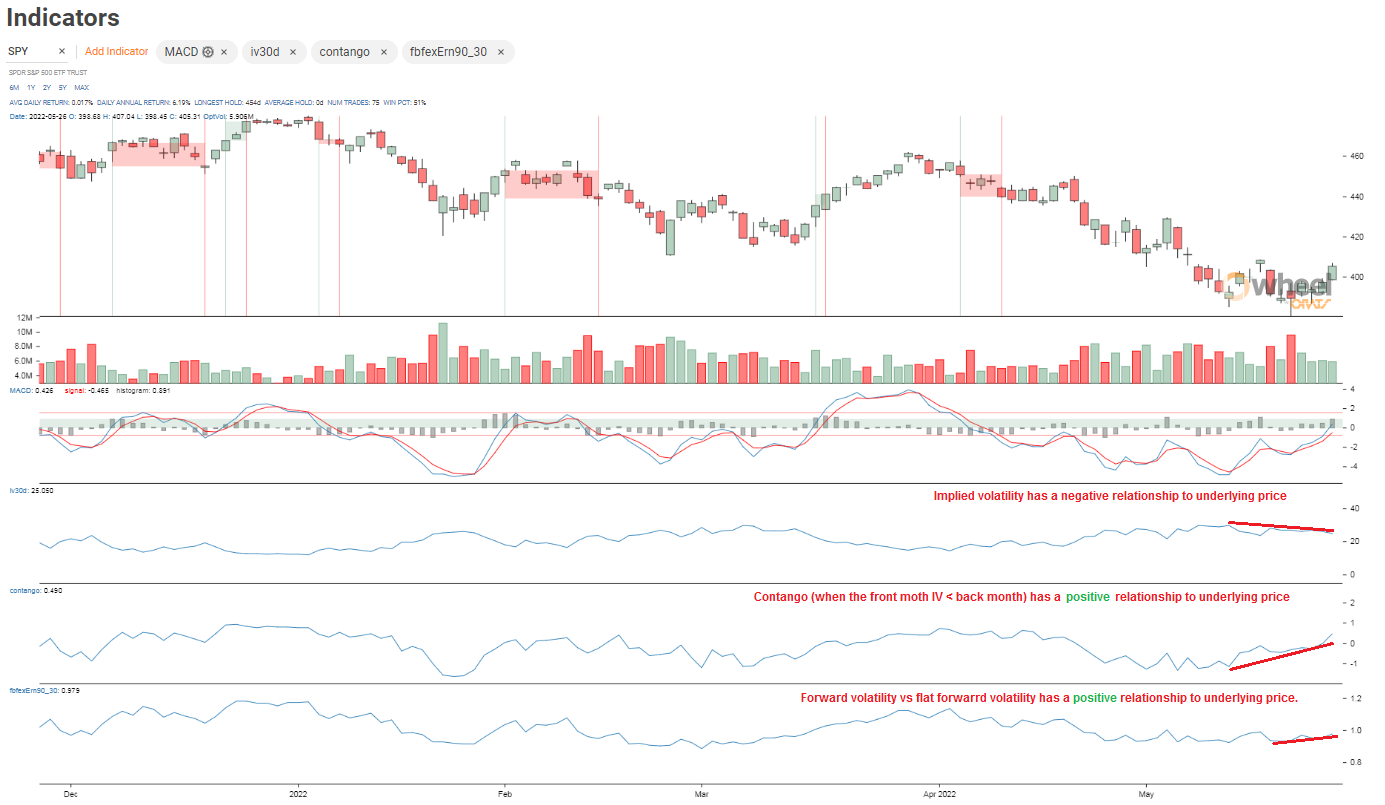Indicators
Wednesday, November 20th 2019
Is It Best To Value Your Options Using Mid-Point?
To determine a reasonable valuation to your options position, using a theoretical value is best, especially in thinly traded securities, where the bid-ask is wide.
Summary
Valuing options positions using the mid-point between the bid and ask can be misleading, especially for thinly traded options. A theoretical value based on a smart smoothing process of the implied volatility is far better. ORATS uses a smoothing process called Smooth Market Values (SMV) to estimate implied volatility for an expiration or the entire options chain. The SMV process provides reasonable valuations that are proximate to historical implied and historical volatility.
No, valuing your options positions using the mid-point between the bid and ask can be misleading. Especially for thinly traded options you should use a theoretical value.
What about using the last trade?
The last trade of an option could have been days away when the stock price was much different.
Bid-ask quotes are often very wide and meaningless.
A theoretical value based on a smart smoothing process of the implied volatility is far better than the other two methods.
At ORATS, we have smoothing that uses historical processes if we score the market quality poorly. This means we use the last minimally acceptable market to get an estimate of implied volatility for and expiration or the entire options chain.
For example, I looked for a low scoring stock and found ABBV.
Let say you were long the Dec 5 calls and short Dec 7 calls.
- The theoretical value of that spread is $0.02
- The mid value is $0.00
- The last value is $0.05 (not shown, Dec 5=0.05, Dec 7 0.00 with no last)
For theoretical volatility, our summarization process is called Smooth Market Values (SMV) and the smvVol column above is the result. For the Dec 5 the theo vol is 0.388 and 0.389 for the 7s. For reasonableness check the history of the implied volatility and the historical volatility of the stock ex-earnings as in the graph below, the IV has been around 32% and the HV around 30%:
Given the theo volatilities proximity to historical IV and HV, you can have some confidence that the theo valuations are reasonable.
Disclaimer:
The opinions and ideas presented herein are for informational and educational purposes only and should not be construed to represent trading or investment advice tailored to your investment objectives. You should not rely solely on any content herein and we strongly encourage you to discuss any trades or investments with your broker or investment adviser, prior to execution. None of the information contained herein constitutes a recommendation that any particular security, portfolio, transaction, or investment strategy is suitable for any specific person. Option trading and investing involves risk and is not suitable for all investors.
All opinions are based upon information and systems considered reliable, but we do not warrant the completeness or accuracy, and such information should not be relied upon as such. We are under no obligation to update or correct any information herein. All statements and opinions are subject to change without notice.
Past performance is not indicative of future results. We do not, will not and cannot guarantee any specific outcome or profit. All traders and investors must be aware of the real risk of loss in following any strategy or investment discussed herein.
Owners, employees, directors, shareholders, officers, agents or representatives of ORATS may have interests or positions in securities of any company profiled herein. Specifically, such individuals or entities may buy or sell positions, and may or may not follow the information provided herein. Some or all of the positions may have been acquired prior to the publication of such information, and such positions may increase or decrease at any time. Any opinions expressed and/or information are statements of judgment as of the date of publication only.
Day trading, short term trading, options trading, and futures trading are extremely risky undertakings. They generally are not appropriate for someone with limited capital, little or no trading experience, and/ or a low tolerance for risk. Never execute a trade unless you can afford to and are prepared to lose your entire investment. In addition, certain trades may result in a loss greater than your entire investment. Always perform your own due diligence and, as appropriate, make informed decisions with the help of a licensed financial professional.
Commissions, fees and other costs associated with investing or trading may vary from broker to broker. All investors and traders are advised to speak with their stock broker or investment adviser about these costs. Be aware that certain trades that may be profitable for some may not be profitable for others, after taking into account these costs. In certain markets, investors and traders may not always be able to buy or sell a position at the price discussed, and consequently not be able to take advantage of certain trades discussed herein.
Be sure to read the OCCs Characteristics and Risks of Standardized Options to learn more about options trading.
Related Posts



